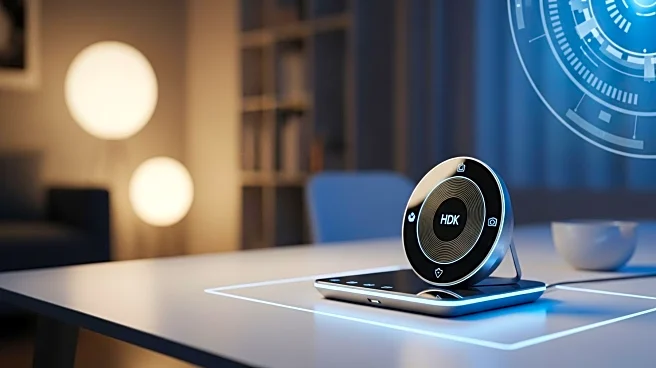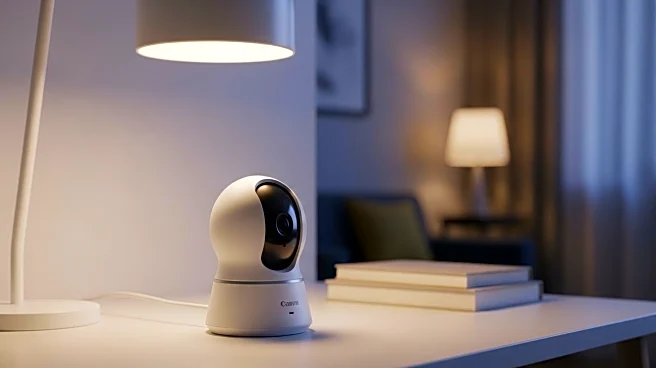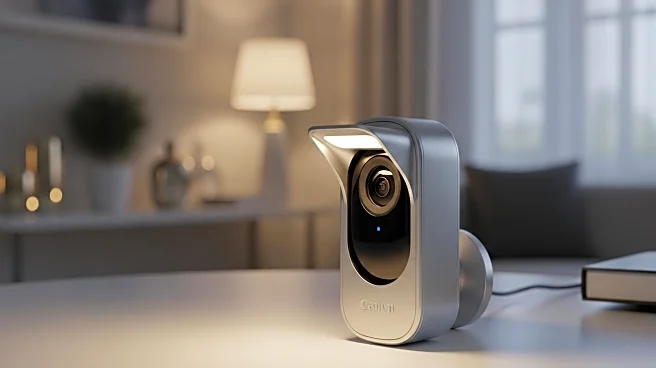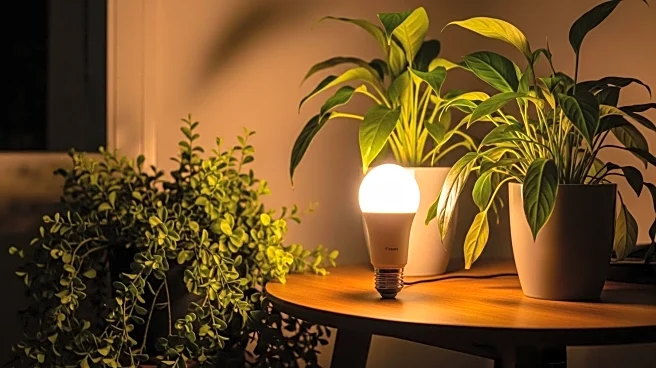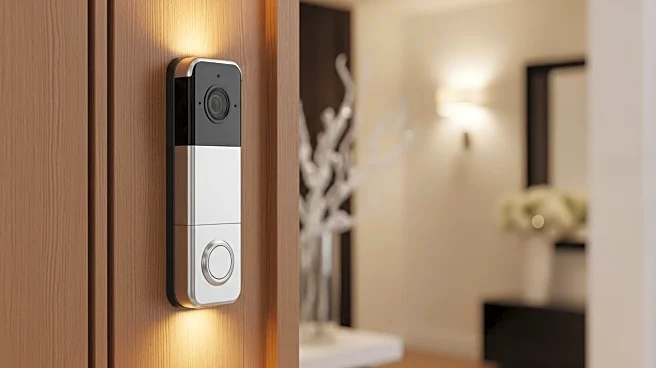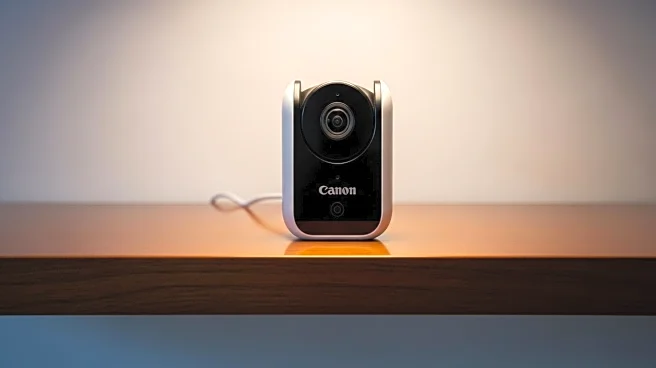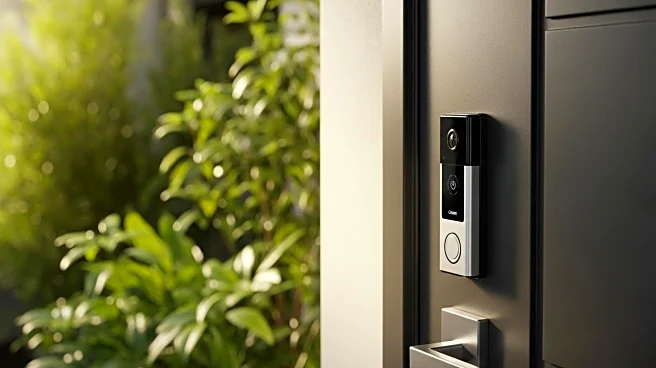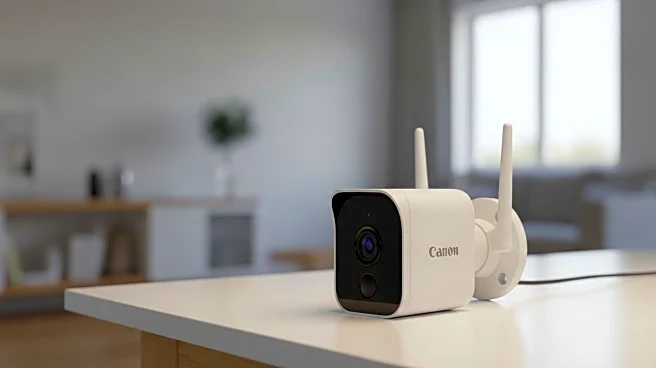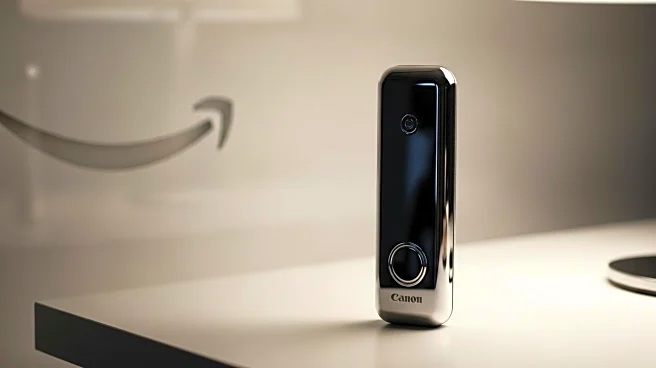What's Happening?
Recent advancements in smart home technology have introduced a range of devices aimed at enhancing fire safety. These include collaborations between major brands like Ring and Kidde, resulting in smoke detectors that integrate with smart home systems to provide real-time alerts and monitoring. The Ring-Kidde smoke detector, for instance, offers app-based alerts and optional monitoring plans. Additionally, First Alert has developed a series of smoke detectors compatible with Google Home, maintaining smart functions previously offered by the discontinued Nest Protect. Other innovations include Ting electrical fault detectors, which monitor home wiring for potential fire hazards, and Alexa Emergency Assist, which can alert users to smoke alarms even when they are away from home. These devices represent a significant shift towards integrating fire safety with smart home technology, providing users with more comprehensive protection against home fires.
Why It's Important?
The integration of smart technology into fire safety devices is crucial as it offers enhanced protection and peace of mind for homeowners. By providing real-time alerts and monitoring, these devices can potentially prevent fires or mitigate damage by allowing for quicker response times. This is particularly important in older homes where electrical faults are more common. The ability to receive alerts remotely ensures that homeowners can take action even when they are not present, reducing the risk of extensive damage. Furthermore, the collaboration between established fire safety brands and tech companies signifies a growing trend towards smarter, more connected homes, which could lead to broader adoption of these technologies and improved safety standards across the industry.
What's Next?
As smart home technology continues to evolve, it is likely that more advanced features will be integrated into fire safety devices. Future developments may include enhanced AI capabilities for better detection and response, as well as increased compatibility with various smart home ecosystems. Companies may also explore partnerships to expand the range of services offered, such as integrating fire safety with other home security features. Additionally, as these technologies become more widespread, there may be increased regulatory attention to ensure safety standards are met, potentially leading to new guidelines for smart fire safety devices.
Beyond the Headlines
The shift towards smart fire safety devices also raises questions about data privacy and security. As these devices collect and transmit data, ensuring that this information is protected from unauthorized access will be crucial. Moreover, the reliance on technology for safety introduces the risk of technical failures, which could have serious consequences. Therefore, manufacturers will need to prioritize robust security measures and fail-safes to maintain consumer trust. Additionally, the increased use of smart devices in homes may lead to a cultural shift in how people perceive and manage home safety, potentially influencing future home design and construction standards.

